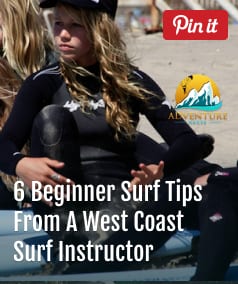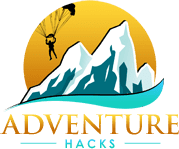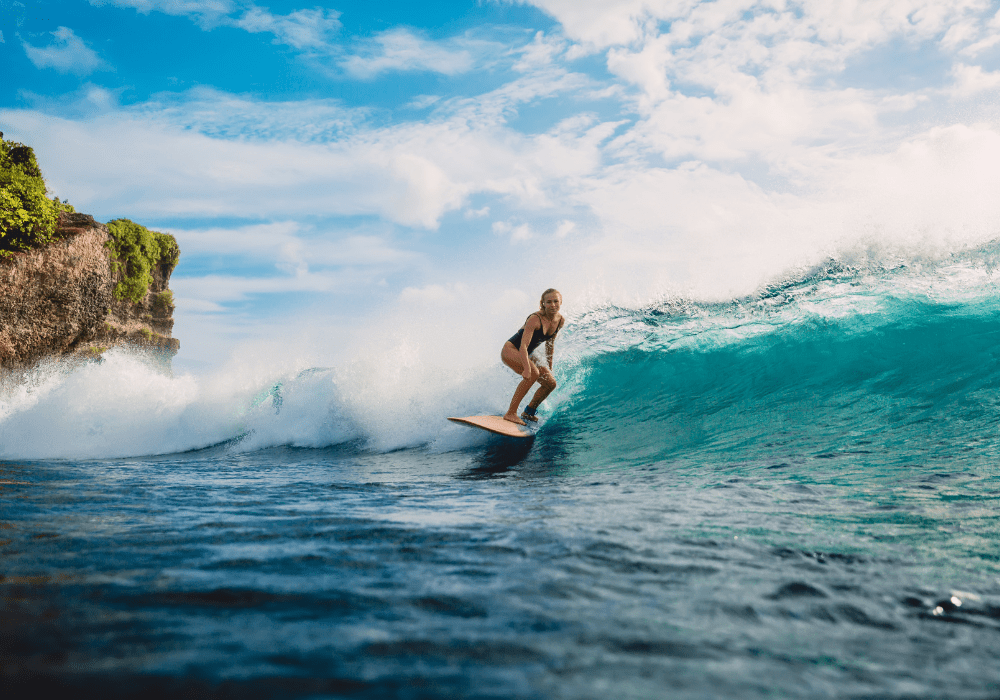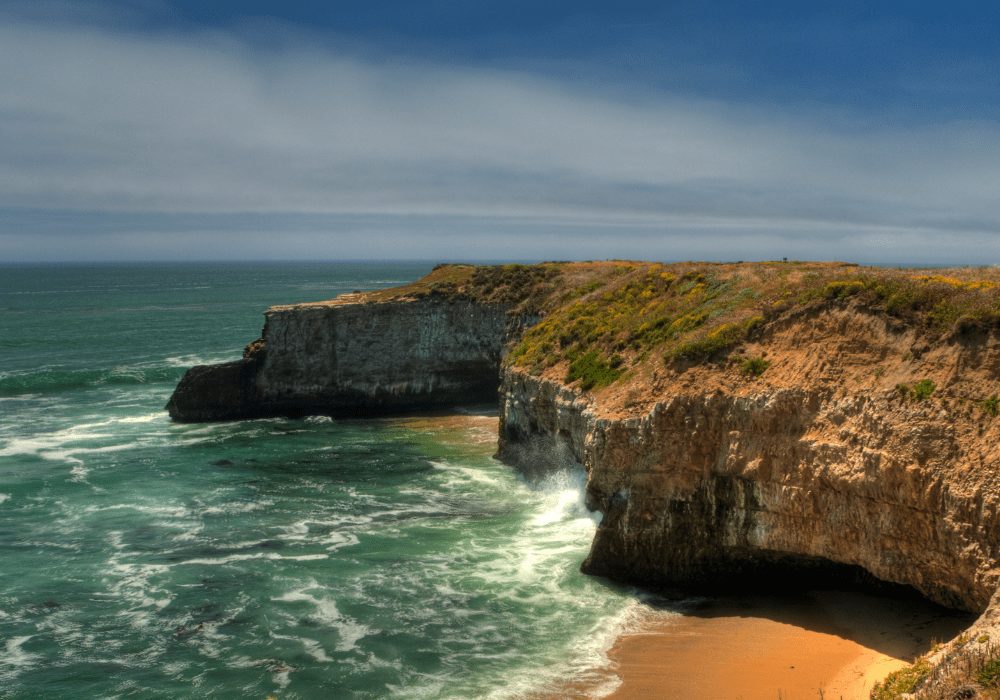
6 Beginning Surf Tips From A West Coast Surf Instructor
Estimated reading time: 4 minutes
Today I interviewed Nick Krieger Owner and Co-Founder of the Two Mile Surf Shop in Bolinas Ca. Bolinas is mentioned several times in our posts as it is a well known beginner surf spot in the Bay Area. For great beginning surf places near you, check out:
Table of Contents
1) What should a beginner look for when buying a new or used surfboard? Any particular wetsuit or other gear?
Bigger is better for boards, but it depends on where you are planning to surf. If you’re surfing in Bolinas, you want a  long board that’s 9 to 10 ft for an average-sized adult. If you also plan on going to other more challenging spots, like Pacifica, you may want to go a little smaller to handle larger waves.
long board that’s 9 to 10 ft for an average-sized adult. If you also plan on going to other more challenging spots, like Pacifica, you may want to go a little smaller to handle larger waves.
You have to decide if you want learning to surf to be fun and easy or really challenging. If you go for challenging and stick it out, you’ll be a better surfer because of it. But many people get frustrated and quit. If you go for fun and easy, you’ll likely enjoy yourself and want to keep surfing. Then, as you improve, you can get a second board and challenge yourself in some larger waves at less predictable surf spots.
I learned to surf on a 6′ short board, and it took me almost a month of surfing every day before I could consistently catch and ride waves. But once I had it, I had it and I didn’t have to “relearn” on a smaller board. I was also a kid on summer vacation. Most adults are lucky to get out once a week and will have more success on a big board. In lessons, we can usually get people up on the first day.
Many people suggest getting a used board to start with. That’s a great idea if you can find one for a reasonable price. It’s not a good idea to rent 10 times at $25 per day while you’re waiting to find a used board only to save $100 on a over the price of a new one. But if you find the right board for $400 or $500, go for it. New, you will likly spend $700 to $900.
Wetsuits are usually the first purchase. Most people get a 4/3 mm. Thats 4 mm in the chest and 3mm in the arms. The legs are usually some combanation of the two. It’s important to get a suit that fits properly. I recommend that you try on 3 or 4 suits. There should be one that fits better than the others. Features that increase the cost of a suit are taped seems and G-eoprene. Taped seems will make the suit last longer and will be warmer. G-eoprene is a lighter, non-petroleum rubber that drys faster. Wetsuits can cost up to $600, but you can get one for $200 that will be fine.
2) What are the basic safety rules of surfing that every beginner should learn? (e.g. cover your face if you fall, never turn your back to the ocean, etc.)
I think everyone should start with a surf lesson to learn safety and surf etiquette. Bolinas Surf Lessons offers a class on the weekends that costs only $50. You also get a $15 discount on the rentals, making the class only $35 more than just trying on your own.
Some of the most common mistakes beginners make are:
- not covering their head
- holding the board in between themselves and the wave (then the wave hits it into them) and falling in front of the wave.
- Another big mistake beginners make is trying to catch the same waves as the more advanced surfers. The best surf for a beginner is not usually in the same spot as the best surf for the more advanced.
3) What should beginners practice before getting in the water?
Swimming is good. Popups are good, too.
4) What should you practice once you get in the water?
Standing up on your board. Try to catch as many waves as you can. You’re going to fall on a lot of them. In our beginner lessons, we try to get students on 20 to 30 waves, expecting that they’ll get one or two rides on their feet.
5) Tips for popping up, and catching waves?
If you don’t have the flexibility or confidence to pop right up, then go to your knees first. For catching waves, start in the white water. If the waves are passing you by, you may not be paddling hard enough or you’re trying to stand up too early.
6) Anything else you can think of that I missed?
Bolinas is the easiest place to learn to surf because it’s small and shallow. It’s also the most consistent surf spot in the Bay Area. Most spots are exposed to larger waves, strong winds and many spots only work at a certain tide. Bolinas is the only spot you can go to without knowing anything about the conditions and you will be likly to get some fun and safe beginner waves.





Gary Tatro
Great advice!
Bought myself a surfboard for xmas and made the new year resolution to learn how to use it 😀
P.S. everybody as 2 Mile Surf Shop was really friendly and knowledgable.
David Aston
Appreciate your feedback, Gary!
And yes, 2 Mile is an awesome shop!
Pingback: 20 Extreme Adventures You Should Go On Before You Die
ValeriaJak
Hang loose! 🤙